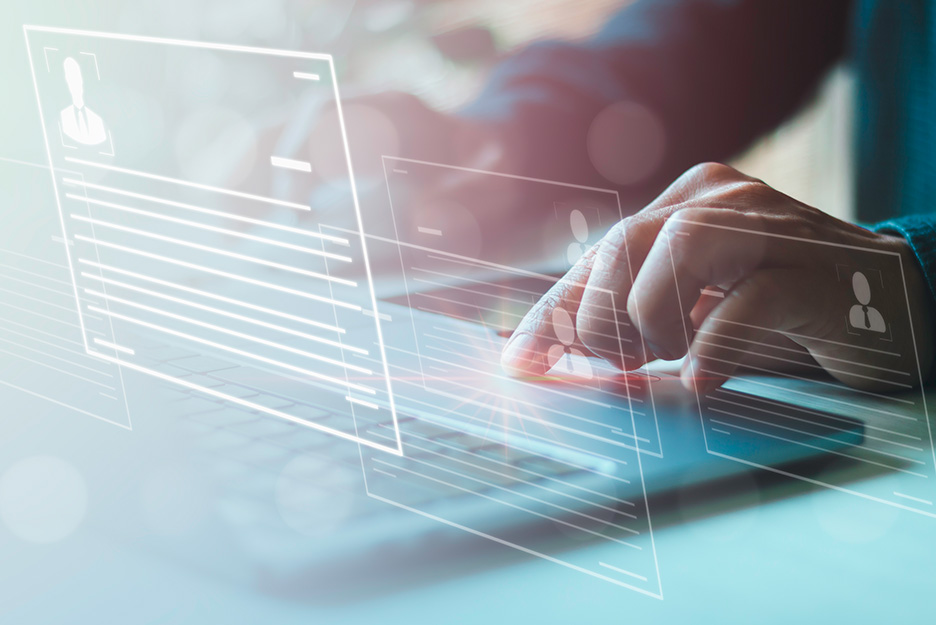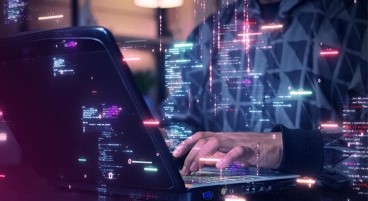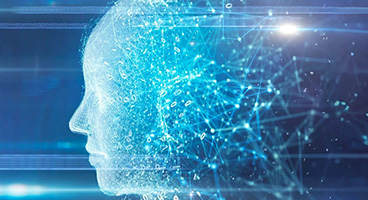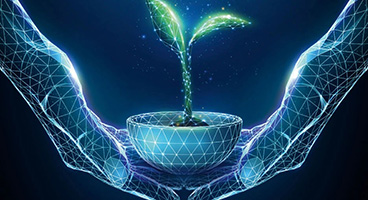In this article you will read
- how you can use artificial intelligence to digitally extract information from paper documents,
- how you can simplify and accelerate processes through digitalization and
- what the Open Telekom Cloud OCR service can be used for.
Artificial intelligence can bridge the gap between the real world and the virtual world. Optical Character Recognition (OCR) based on deep learning enables the digitalization of paper-based processes. The Open Telekom Cloud offers access to OCR via API.



